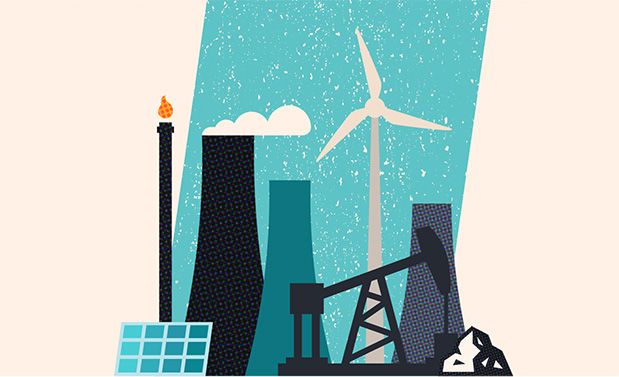Device sends particles repeatedly through superconducting cavities.






Cheaper modules brought solar plants into the energy mainstream. Longer operating lives are making them better investments.



The Chinese government is taking draconian measures to slash birth rates among Uighurs and other minorities as part of a sweeping campaign to curb its Muslim population, even as it encourages some of the country’s Han majority to have more children.
While individual women have spoken out before about forced birth control, the practice is far more widespread and systematic than previously known, according to an AP investigation based on government statistics, state documents and interviews with 30 ex-detainees, family members and a former detention camp instructor. The campaign over the past four years in the far west region of Xinjiang is leading to what some experts are calling a form of “demographic genocide.”
The state regularly subjects minority women to pregnancy checks, and forces intrauterine devices, sterilization and even abortion on hundreds of thousands, the interviews and data show. Even while the use of IUDs and sterilization has fallen nationwide, it is rising sharply in Xinjiang.


Astronomers have made the first measurement of spin-orbit alignment for a distant ‘super-Jupiter’ planet, demonstrating a technique that could enable breakthroughs in the quest to understand how exoplanetary systems form and evolved.
An international team of scientists, led by Professor Stefan Kraus from the University of Exeter, has carried out the measurements for the exoplanet Beta Pictoris b—located 63 light years from Earth.
The planet, found in the Pictor constellation, has a mass of around 11 times that of Jupiter and orbits a young star on a similar orbit as Saturn in our solar system.